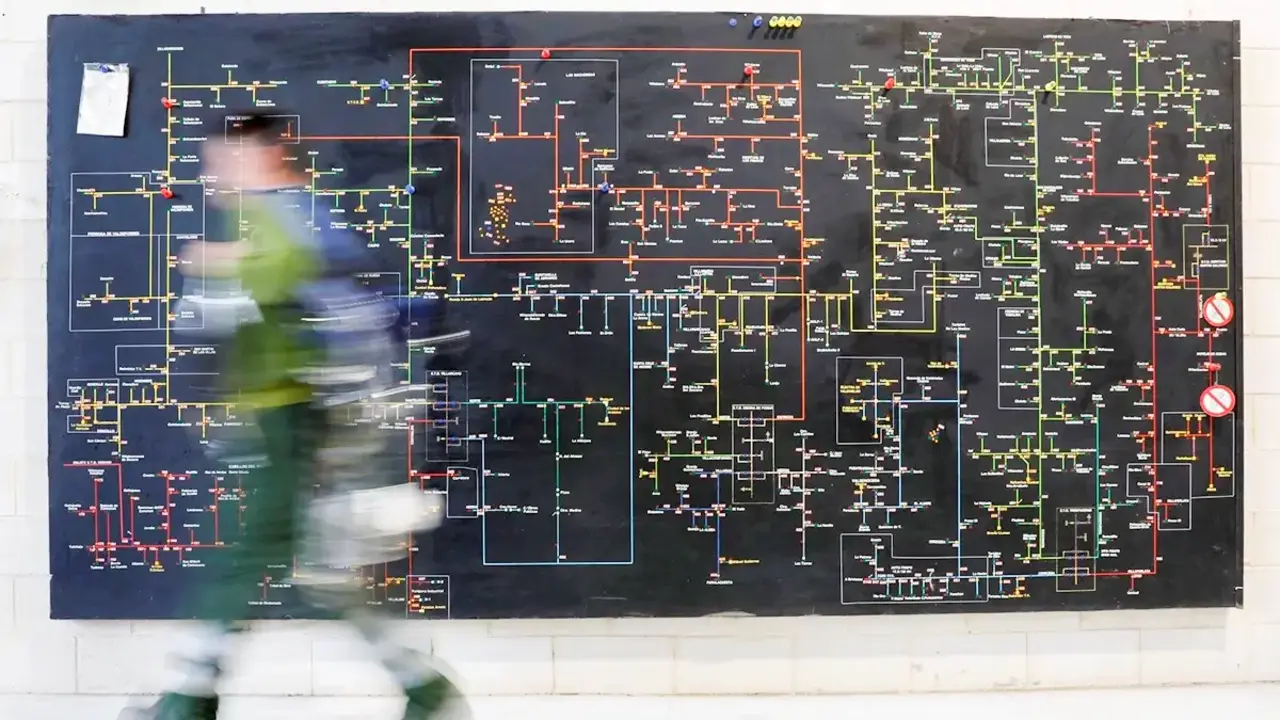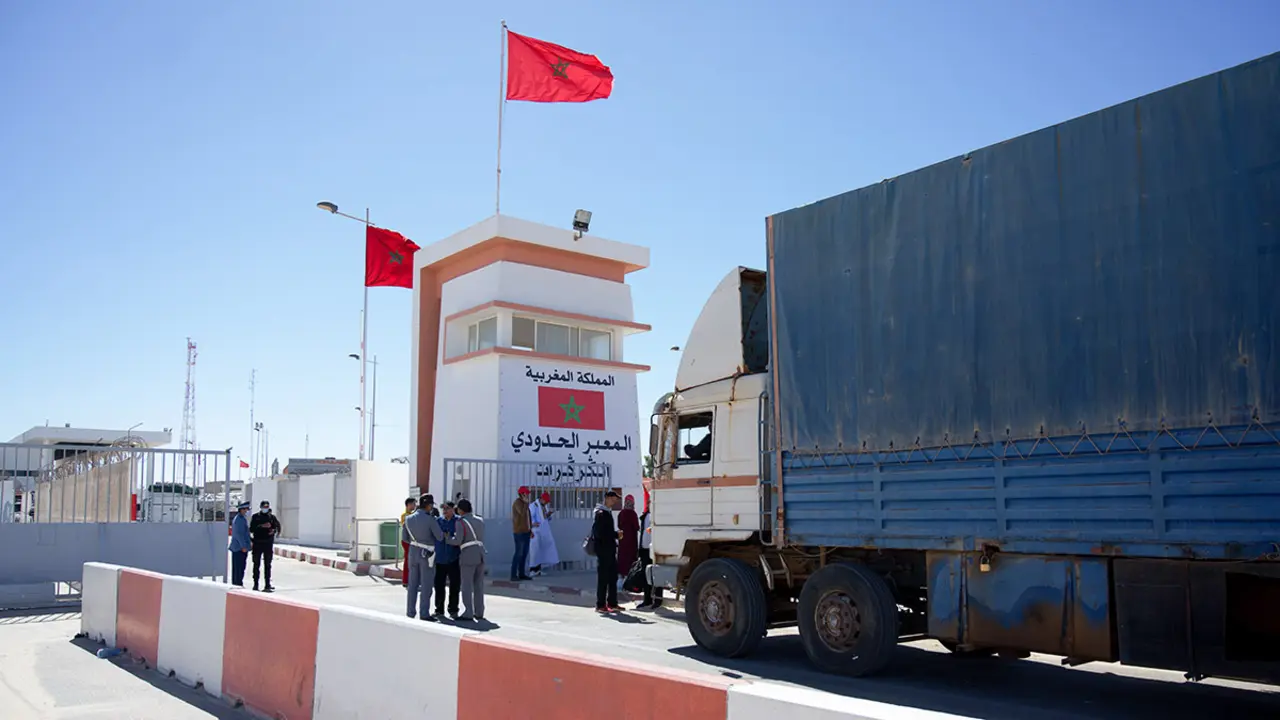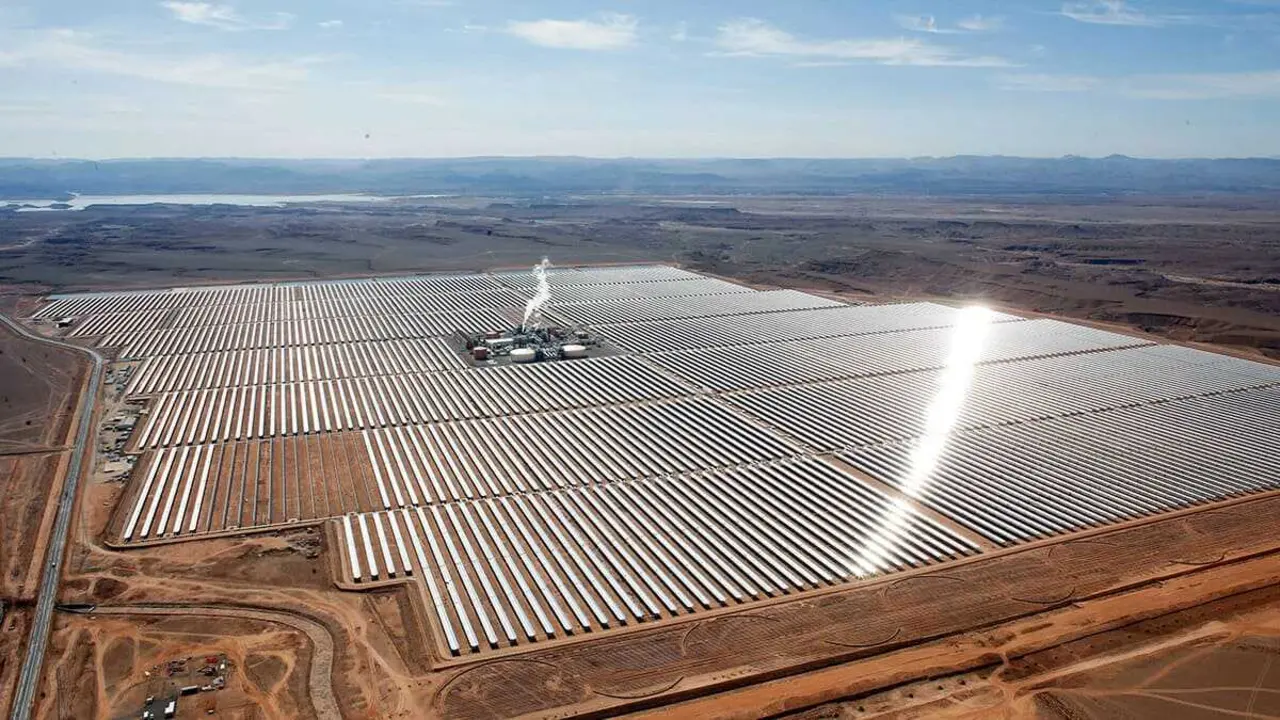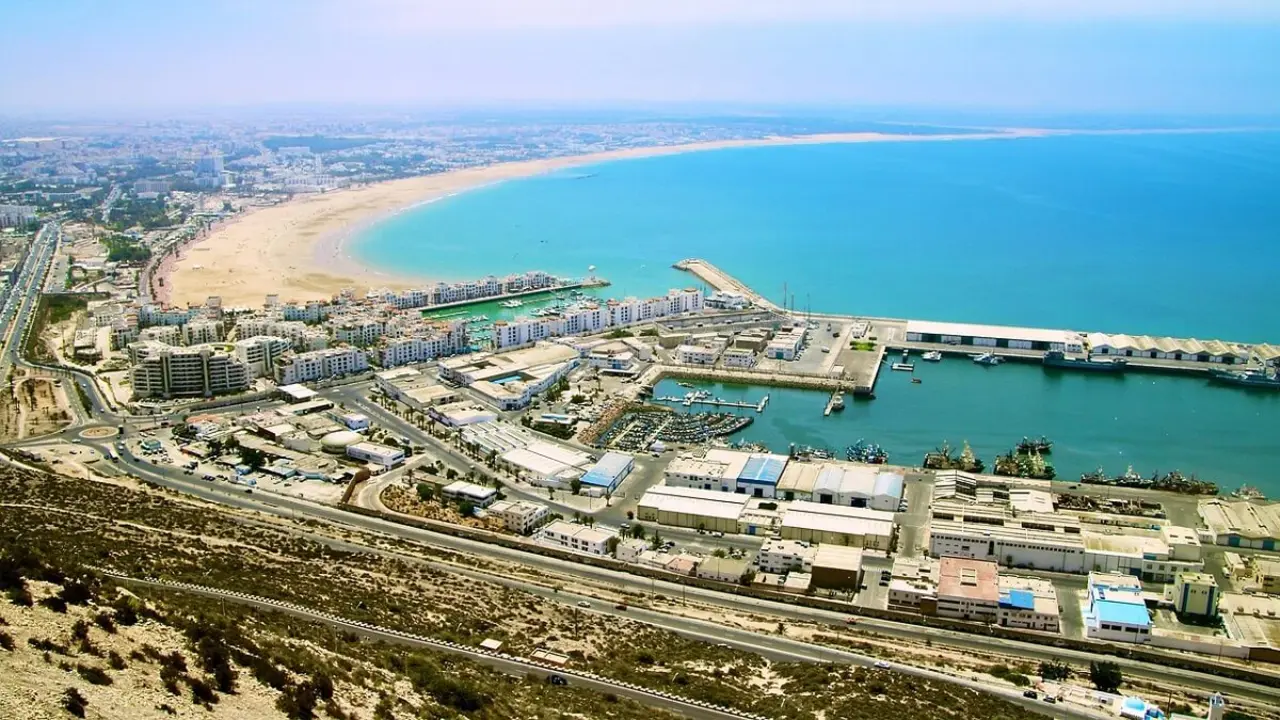Morocco consolidates its middle class and reduces poverty

In recent years, Morocco has managed to reduce the social gap between citizens, as well as poverty. This is pointed out by a recent study conducted by the Policy Centre for the New South (PCNS), an institution that indicates that poverty in the Kingdom fell from 14% in 2012 to 9.6 % in 2019.
In addition to the overall decline in poverty rates, the study reveals that the measure of poverty severity (depth or intensity of poverty) also decreased by 60% during the indicated period.
"This means that the poorest have experienced a relative improvement in their situation, as has a significant part of the middle class," explains PCNS.
The centre further argues that, despite the prevailing perception of a deterioration in living standards, "no data-based study has been conducted to confirm this perception".
On the other hand, the institution has observed that the middle class has also strengthened during the study period. In 2012, the middle class represented 53% of the total population, while seven years later, this percentage increased considerably, reaching 61%.
In fact, according to the report, the upper class has shrunk, while the middle class has positioned itself as the dominant segment in rural areas, exceeding 70% in 2019.

In addition to rural areas, urban areas have also witnessed an expansion of the middle class. In 2019, the middle class accounted for two-thirds of cities, an increase of almost 15% compared to 2012.
The consolidation of the middle class, together with a reduction in poverty, implies a decline in inequality over the study period.
"In fact, we observe a significant decrease in inequality for all three measures considered at the national level and for the two areas considered," the report states.

According to the study, rural areas experience the largest decline in inequality, while the Theil index - a statistical measure used to quantify economic inequality within a population - fell by 40%. In contrast, urban areas consistently experience greater inequality in both 2012 and 2019.
The study used 2012 and 2019 data from the Household Panel Survey (HPS) of the National Observatory of Human Development.
The 2012 survey was conducted among approximately 8,000 households, of which almost 61 per cent were located in urban areas and 39% in rural areas. In 2019, on the other hand, 16,879 households were surveyed, of which almost 63% were in urban areas and 37% in rural areas.









